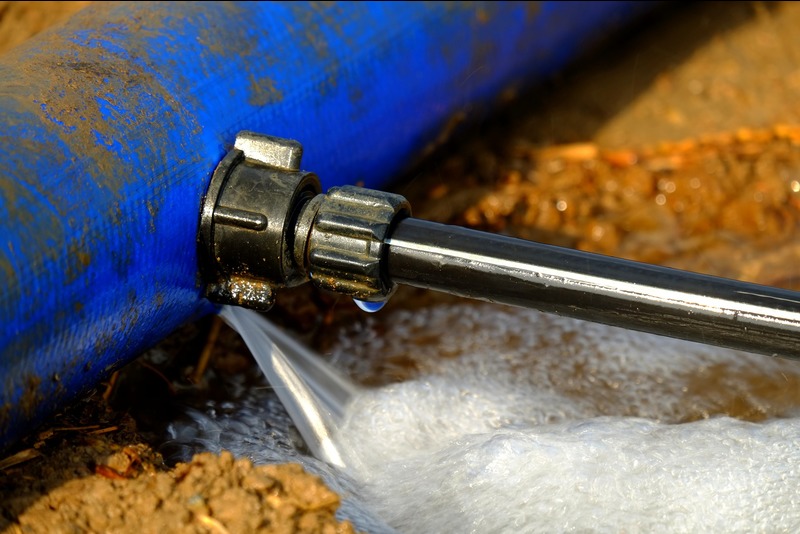Not just a pipe dream: a device to help beat the drought
12 September 2017 | Story: Carla Bernardo
The Western Cape is facing one of its worst droughts in history. The provincial government have implemented different restriction levels, residents and businesses are trying out new saving techniques, and experts are putting their heads together to find solutions.
The province’s story is not unique: the world over, cities are struggling to meet the demand for water. Many, like the Western Cape, are also dealing with aged and leaking water pipes.
This is where Professor Kobus Van Zyl’s invention, a pipe condition assessment device that allows for affordable pipe maintenance, may prove a game-changer.
The idea for the device began to form in the early 2000s while Van Zyl was completing his PhD at the University of Exeter in the United Kingdom.
Fast forward to 2017: Van Zyl, a professor in the Department of Civil Engineering and specialising in water distribution systems, has invented a device that can help municipalities find leaks, repair them and ensure better care of water pipes. Critically, the data from the device can be sent to a team of engineers working remotely, so the invention can help overcome the skills shortage in rural and lower-income areas where the necessary expertise is scarce.
The device, which looks like a large trolley, has a built-in generator, sensors and a water tank. While there are similar devices on the market, Van Zyl’s differs in that it can go much further in working out the properties of leaks and identifying leaks as small as two litres per hour. This is substantially smaller than the smallest leak of 200 litres per hour that current leading leak detection technologies can find.
Van Zyl’s device – which is in its second-generation prototype – has three components: the device, a mobile app that helps track and report leaks, and cloud-based data storage where all the information is kept, ready to be analysed by trained engineers from anywhere in the world.
When the device goes to market, it will help municipalities maintain water pipes despite local skills shortages. Van Zyl hopes the device will especially be widely used in Africa and the developing world, where piping and leakage expertise is scarce.
The device has been patented and Van Zyl and his team have secured funding for the development of the prototype as well as the field trials. The next step is to secure a commercial partner for large-scale manufacturing, distribution and marketing.
 This work is licensed under a Creative Commons Attribution-NoDerivatives 4.0 International License.
This work is licensed under a Creative Commons Attribution-NoDerivatives 4.0 International License.
Please view the republishing articles page for more information.
Research & innovation





































